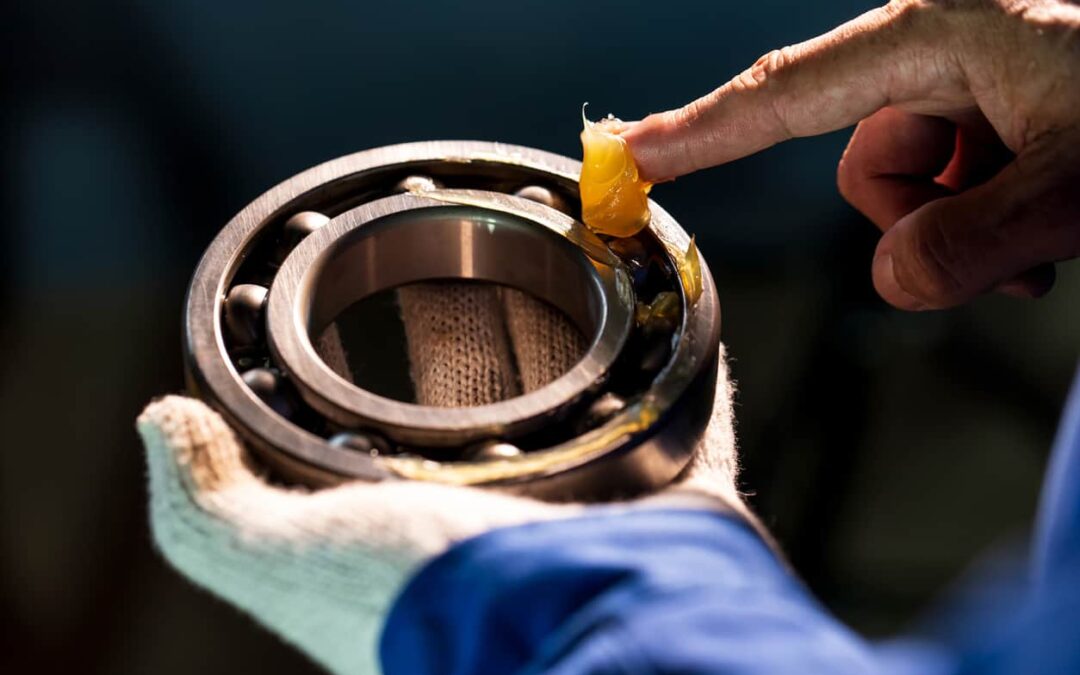We’ve talked about the necessity of good maintenance to keep your hydraulics in great condition. And anyone who has ever owned a car knows that one of the cornerstones of mechanical maintenance is lubrication. But what, exactly, does lubrication do for our hydraulics systems? And what are the cornerstones of good lubrication, anyway?
With ever-increasing pressure and speed being applied in increasingly small spaces as hydraulics technology develops, it becomes crucial to understand fighting friction. Friction is the resistance that develops when two surfaces move against each other. Lubrication helps offset the heat and wear from friction via a property known as viscosity. Viscosity provides the “slide” between the two surfaces. Differing viscosities provide different properties such as movement or protecting a component via a hard-to-break-down surface that surrounds the point where the components move against each other.
Your lubricant should also resist oxidation. Oxidation, or oxygen transfer, is a chemical process that will cause your lubricant to begin to lose the properties that make it useful. The lubricant you use should have strong properties to resist oxidation, to ensure that it maintains its effectiveness for the full period between regularly scheduled lubricant changes.
Related to oxidation is the ability to resist water. Water is the enemy of most metals, due to the metal itself beginning to oxidize (think rust) when exposed to water. Your lubricant should be formulated to resist and shed water to remove it from your hydraulics systems.
Texas Hydrostatics understands the ins and out of your hydraulics systems, including the best lubricants for the job. If you have any questions about your systems, or need a repair or refresh on your existing hydraulics equipment, contact us today and we’ll put the right lubricant to work for you!

